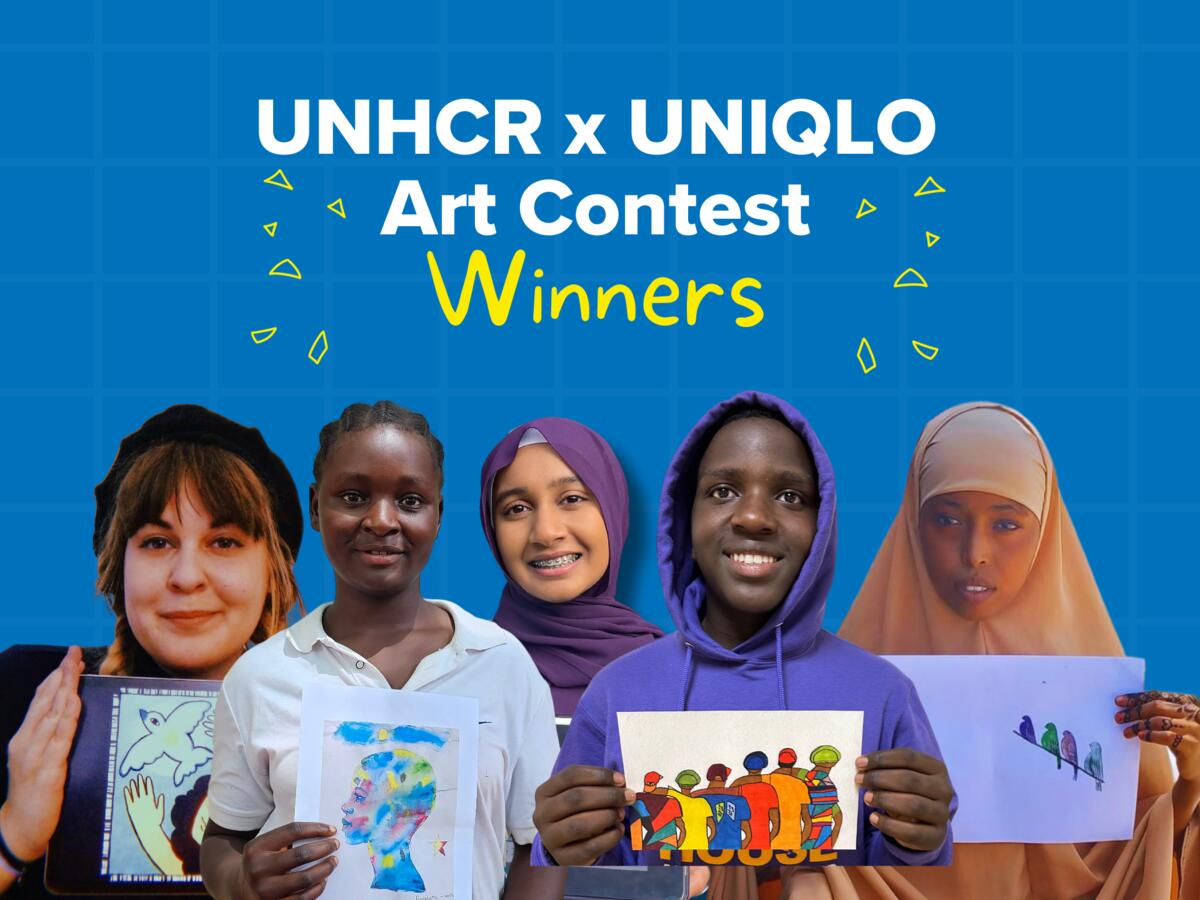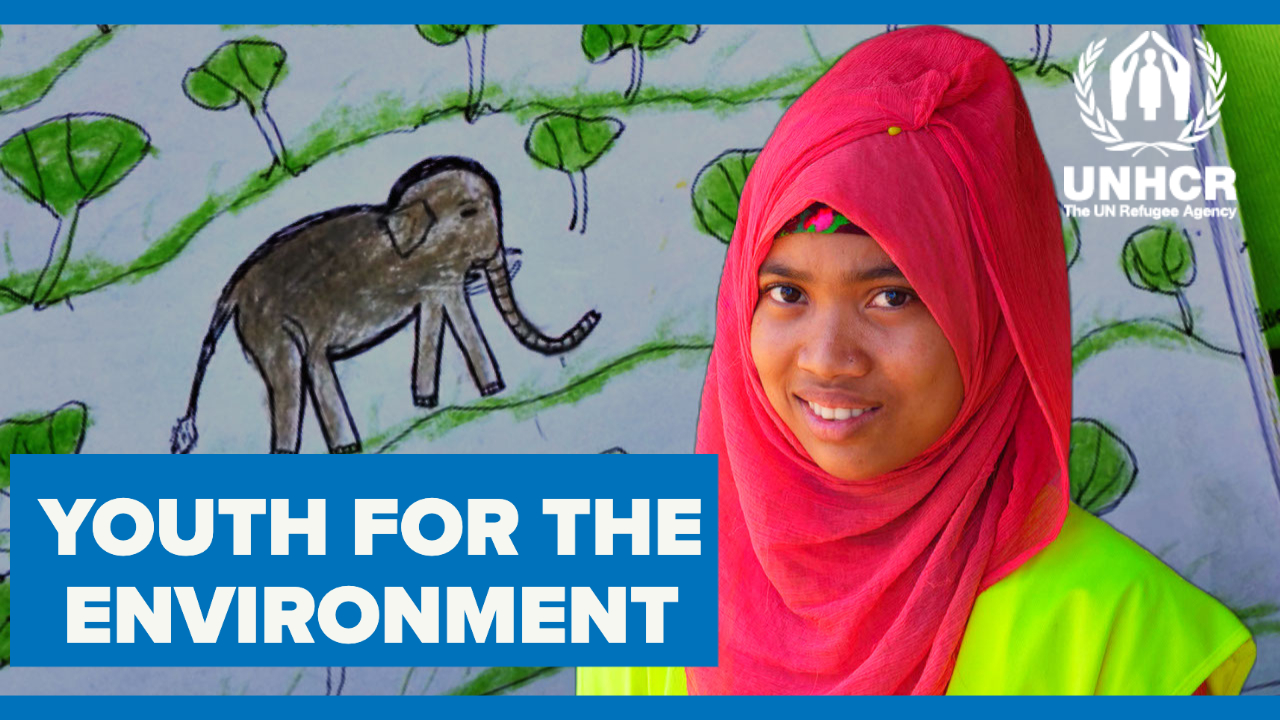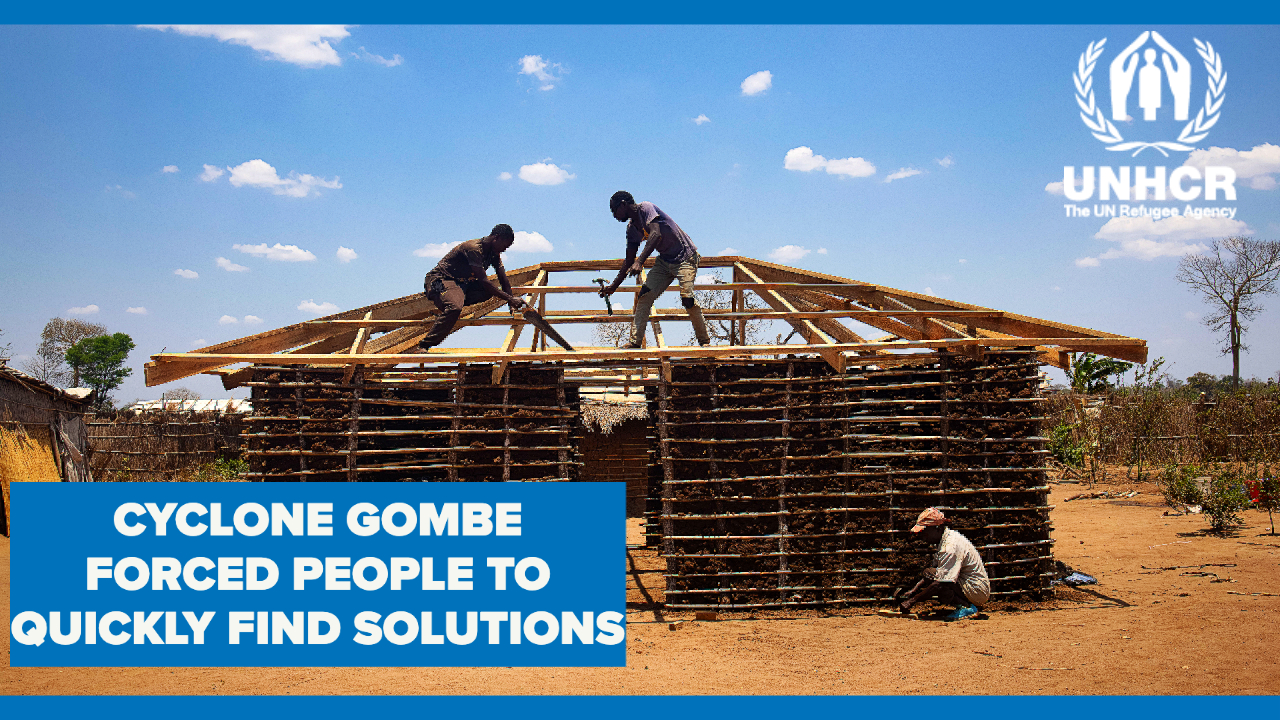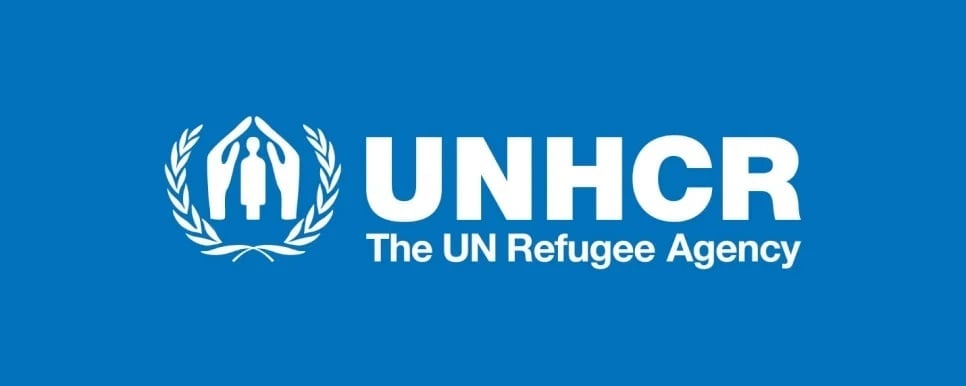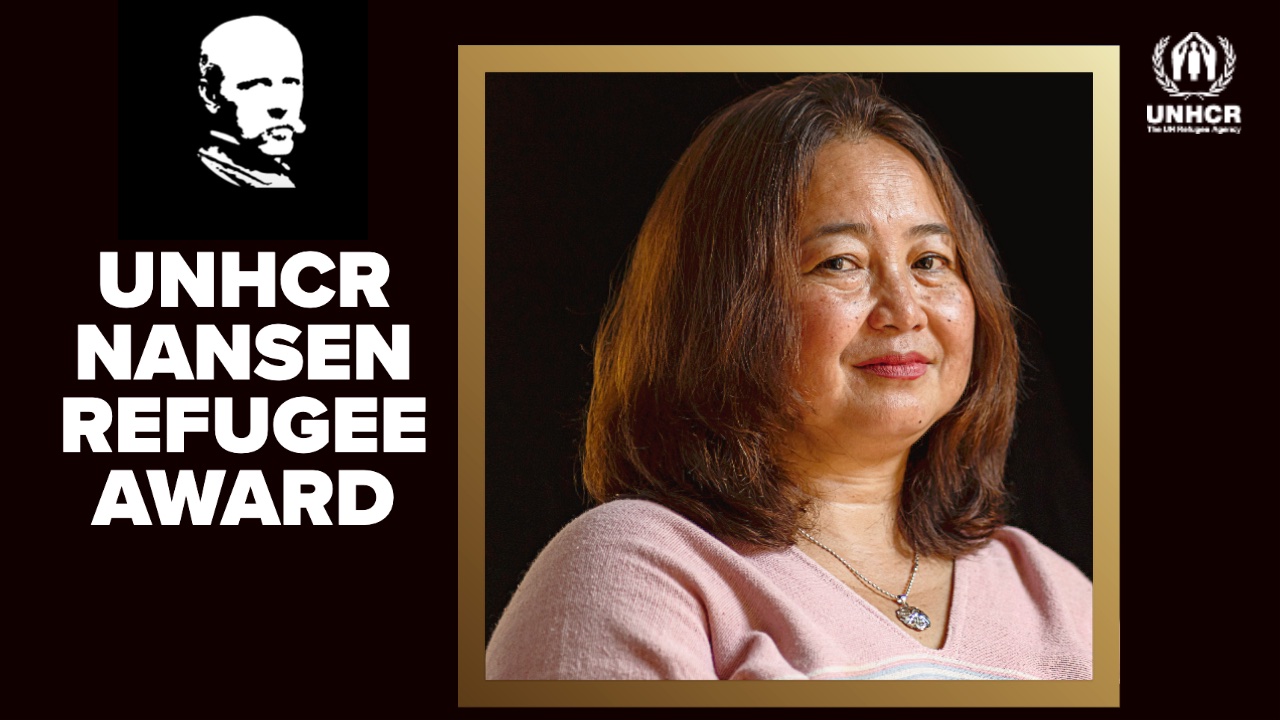Personal tragedy drives Honduran social worker's fight against gang violence

Personal tragedy drives Honduran social worker's fight against gang violence
For Santiago Ávila, the fight against the powerful street gangs that terrorize communities throughout his native Honduras is deeply personal. He was 19 when his 16-year-old brother Mauricio was kidnapped, tortured and murdered by violent criminal gangs known as maras.
But the tragedy did not end there. Mauricio’s killing triggered a series of other traumatic consequences that rippled out over many years, forcing the family to move from house to house in search of safety and, eventually, obliging Santiago and his mother to flee the country for their lives.
“In one week, everything changed,” recalled Santiago, now age 32. “My family has still not gotten over it.”
Even so, Santiago has spent years trying to transform his family’s misfortune into something positive for his community. As the director of Jóvenes Contra la Violencia, or Youth Against Violence, he has helped turn a nascent not-for-profit community organization into one of the most important forces fighting gangs in Honduras.
The maras, as they are known in Spanish, run rackets ranging from drug dealing to extortion and robbery, routinely committing murders, assaults and rapes as a way of controlling entire communities. They seek to recruit vulnerable young people, often threatening to kill their families if they resist.
“My family has still not gotten over it.”
Youth Against Violence turns the gangs’ practices upside down, working with young ‘ambassadors’ who engage with their peers to counteract recruitment by showing them that alternative futures are possible.
The group – which got its start around a decade ago and receives support from UNHCR, the UN Refugee Agency – currently has more than 600 youth ambassadors throughout Honduras, as well as around 200 child ambassadors, some as young as age six.
The gangs thrive in neighbourhoods where poverty is rife and the presence of the state weak. By working on the ground in some of the country’s most marginalized communities to strengthen family ties and build respect for teachers and schools, the group has made it harder for the gangs to recruit young people as disposable foot soldiers to run drugs and enforce their reign of terror.
“Preventing violence starts in the home,” said Santiago. “If children and teens feel loved and valued, they are less likely to be sucked into the whirlpool of criminality that has inundated our country.”
Violence in this Central America nation – which at the end of 2019 had a murder rate of 44 per 100,000 inhabitants, according to the National Police – has pushed many Hondurans to abandon their homes and communities. At least 148,000 Hondurans had fled the country and sought asylum abroad as of the end of 2019, making it one of the top ten countries of origin for asylum seekers in the world. Additionally, some 247,000 people were estimated to have been internally displaced within Honduras from 2004-2018.
Violence and its effects are something that Santiago knows only too well. His own life began to unravel after a relative got mixed up with a gang and ended up owing them money. In revenge, they targeted Mauricio, shooting him more than 30 times and driving part of the family into exile, first within Honduras and then abroad.
Santiago returned to Honduras after about a year and, against the odds, managed to steer clear of those who were after him while he pursued a career in social work.
“In each and every one of them, I see the face of my brother.”
“I wish an organization like Youth Against Violence had existed before my brother was killed and before my relative got mixed up in selling drugs,” he said. “I personally am always really motivated to work with the kids because in each and every one of them, I see the face of my brother.”
The organization also works to rehabilitate young people who were at one point affiliated with the gangs.
“Generally, there are only two ways of getting out of a gang,” said Santiago. “By joining the church or by dying.”
But in the communities where Youth Against Violence is active, “there’s a third alternative – our organization,” he said. “The leaders of the gangs know our work and they know that when young people are with us, there’s no way of getting them mixed up in anything else.”
Among those whose lives have been turned around by the project is artist Byron Espino, a former gang member who now volunteers with Youth Against Violence, teaching art classes as part of the organization’s continuing education programmes. The gangs, he explained, swooped in to recruit him after his family fell apart.
“My mother died when I was seven, and, soon after that, my sister died in a fire. My father became an alcoholic, and I … was left on my own. That’s when I joined the gang,” Byron recalled, adding that as a volunteer with Youth Against Violence, his goal is “to show the kids the dirty rag that my life used to be so … they don’t get involved with the gangs.”
María Rubi in Mexico City contributed to this report.


